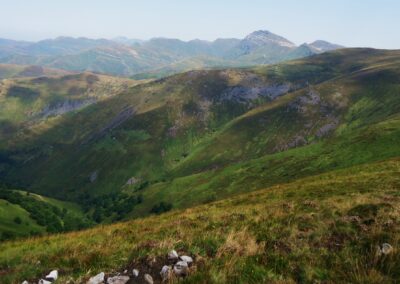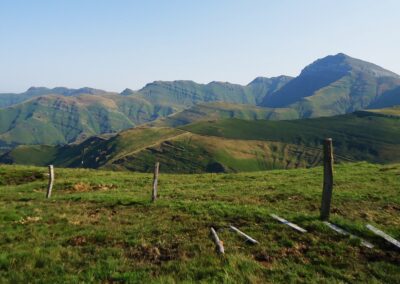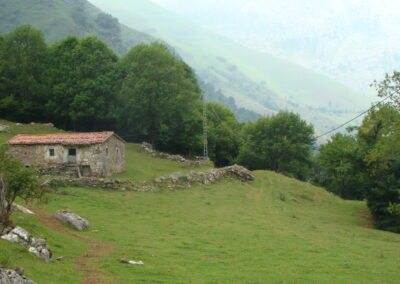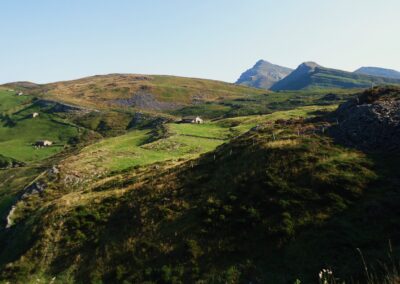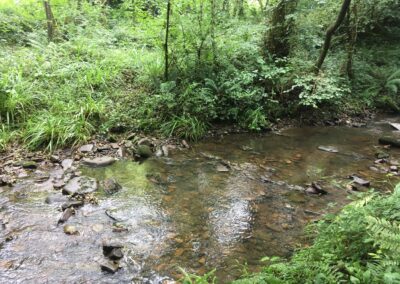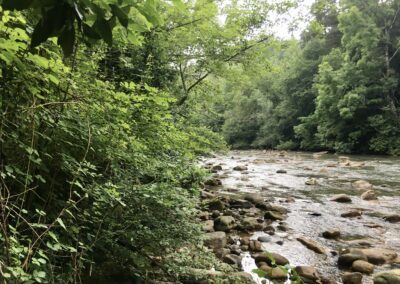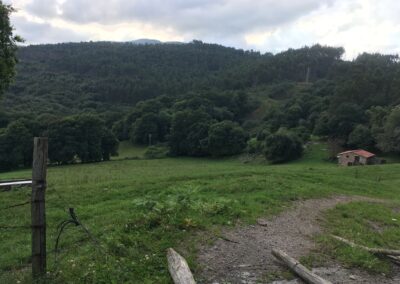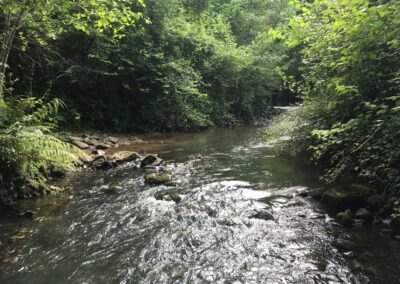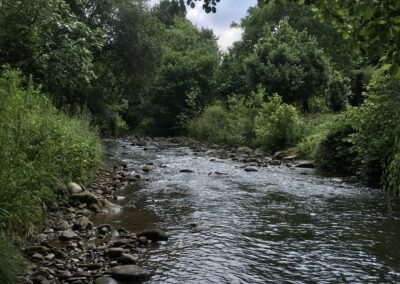ALICE
“Ensuring the sustainable use and conservation of terrestrial and riparian ecosystems and the services they provide.”


ALICE
2017 – 2020
-
The ALICE project aimed to find nature-based solutions to design multifunctional and resilient landscapes capable of adapting to global climate change. Eleven partners from five European countries cooperated for three and a half years to create networks of green and blue infrastructures, consisting of terrestrial, riparian or aquatic ecosystems which, as opposed to gray infrastructures (artificial constructions), provide territories with strategic tools for climate adaptation and mitigation while protecting biodiversity.

ALICE
2017 – 2020
The ALICE project aimed to find nature-based solutions to design multifunctional and resilient landscapes capable of adapting to global climate change. Eleven partners from five European countries cooperated for three and a half years to create networks of green and blue infrastructures, consisting of terrestrial, riparian or aquatic ecosystems which, as opposed to gray infrastructures (artificial constructions), provide territories with strategic tools for climate adaptation and mitigation while protecting biodiversity.


CONTEXT
-
- REGION, COUNTRY: Northern Ireland, Portugal, France and Spain
- CLIENT: EC – European Commission
- FINANCING SOURCE: European Commission (Interreg Atlantic Area 2014-2022)
- SCOPE: European
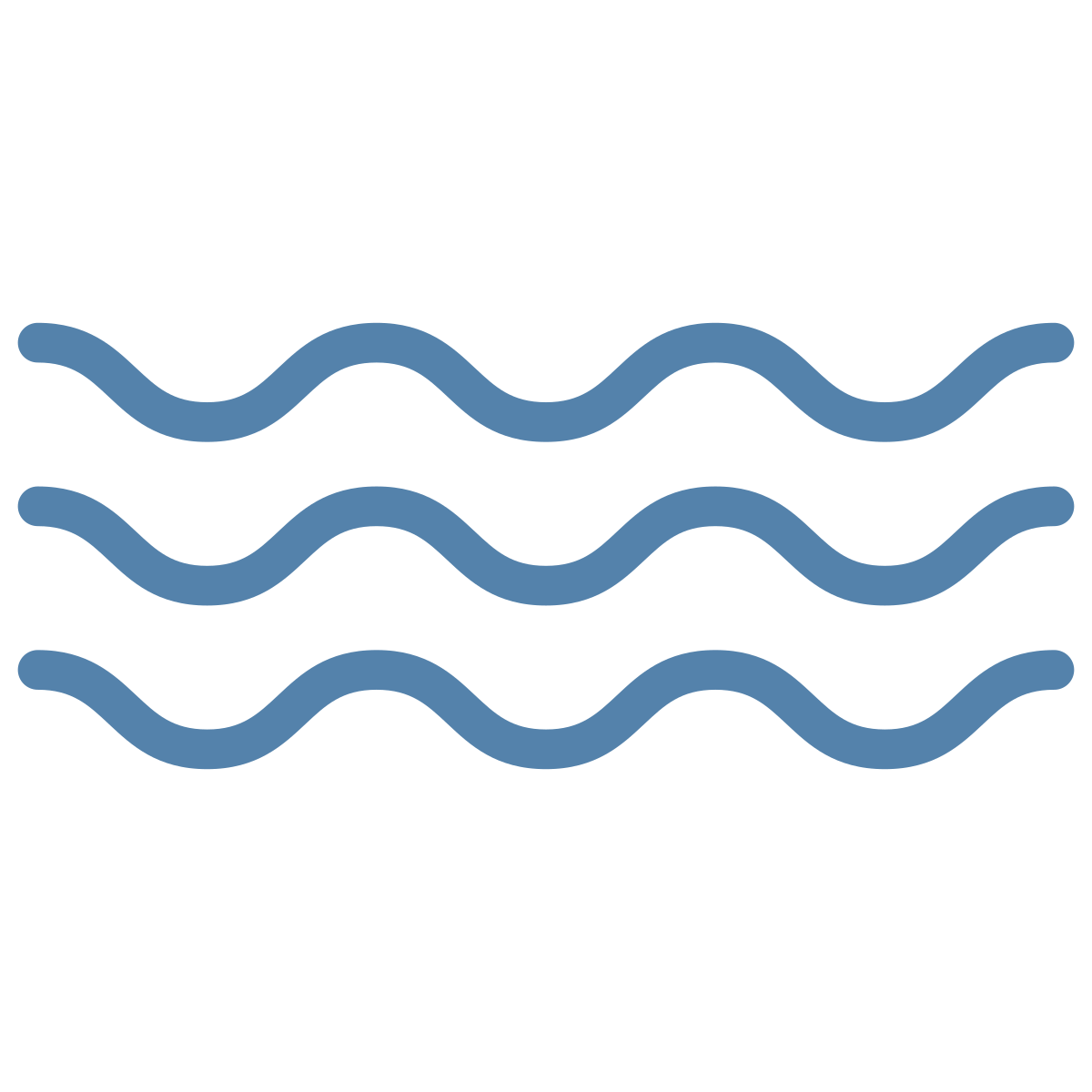
WHAT HAS MADE THIS PROJECT UNIQUE?
-
- Supporting evidence-based decision making and innovation for contribution to the SDGs.
- Design of multidisciplinary, integrated and unique solutions to address the complexity of socio-ecological systems associated with water and ensure their resilience.
- Capacity building and knowledge transfer to new generations of professionals (research and management personnel) to promote the progress of science and society.
- Cooperation, alliances and partnerships for sustainability, as an interface between academic and business, local and global, public and private agents.

HOW HAS IT ALIGNED WITH OUR MISSION AND VISION?
-
- Provision of sustainable innovative solutions based on scientific excellence.
- Development of integrated solutions for efficient landscape design in compliance with the European Union’s Biodiversity 2020 objectives in the Atlantic Region.
- Development of technical tools and procedures that facilitate decision making on planning, integrated management of social-ecological systems and landscape regulation.
- Knowledge transfer and public participation.
- Multidisciplinary and collaborative approach.

WHAT LESSONS HAVE BEEN LEARNED?
-
- The integration of all this knowledge has made it possible to generate different scenarios of Blue and Green Infrastructure Networks (RIAVs) to provide integral solutions for efficient landscape design, with public participation.
- Generation of technical tools and procedures to facilitate decision-making on landscape planning, management and regulation, both for local and regional governments as well as for potential interested companies.
- Creation of opportunities to deepen and systematize the study of the evolution of the Atlantic landscape in Cantabria, especially in aspects related to hydrological regulation or water quality, and its relationship with changes in the landscape due to agriculture and livestock farming, the abandonment of the territory or the occurrence of fires.
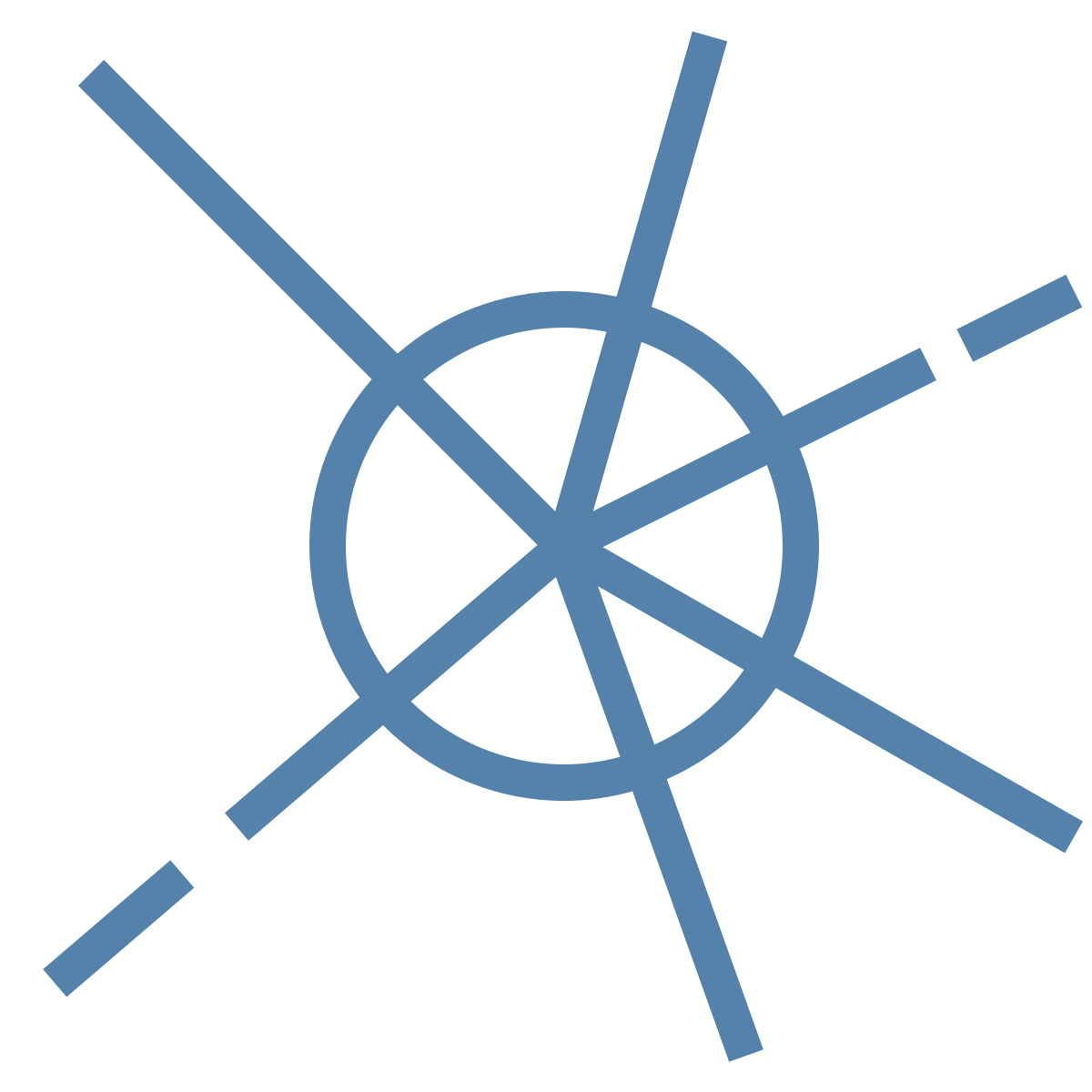
WHAT HAS BEEN THE IMPACT OF THE PROJECT?
-
- Collaboration agreement between universities, research institutes, local and national governments, NGOs and SMEs.
- Leadership by IHCantabria of a consortium with 11 partners from 5 European countries.
- Initiative financed with 2.25 million euros of ERDF – Interreg Atlantic Area funds.
- Design of Green and Blue Infrastructure designed to optimize the provision of ecosystem services in four case studies in the Atlantic region (Portugal, Spain, France and UK-Ireland).
- Participatory learning and spatial modeling by working with stakeholders, managers and policy makers to identify the best solutions and assessing the economic and social barriers to implementing nature-based solutions.

WHY HAS IT BEEN SUCH A SUCCESS?
-
- Successful integration of research and innovation for practical and sustainable applications (Nature-based solutions).
- High impact on society and the media.

CONTEXT
CLIENT: EC – European Commission
FINANCING SOURCE: European Commission (Interreg Atlantic Area 2014-2022)
SCOPE: European

WHAT HAS MADE THIS PROJECT UNIQUE?

HOW HAS IT ALIGNED WITH OUR MISSION AND VISION?

WHAT LESSONS HAVE BEEN LEARNED?

WHAT HAS BEEN THE IMPACT OF THE PROJECT?

WHY HAS IT BEEN SUCH A SUCCESS?
PARTICIPATING ENTITIES
Ministry of Rural Affairs, Fisheries and Food of the Government of Cantabria (Spain)
(BC3) Basque Centre for Climate Change / Klima Aldaketa Ikergai (Spain)
CITAB – Centre for the Research and Technology of Agro-Environmental and Biological Sciences (Portugal)
QUERCUS – National Association for Nature Conservation (Portugal)
GISTREE – Geographic Information Systems, Forest and Environment (Portugal)
AMURE – Centre for the Law and Economics of the Sea (France)
Université de Rennes 1 (France)
CNRS – Le Centre national de la recherche scientifique (France)
AFBI – Agri-Food and Biosciences Institute (Northern Ireland)
NUI Galaway – National University of Ireland (Ireland)
OECC – Spanish Office for Climate Change of the Ministry of Agriculture, Fisheries and Food (Spain)
SAGE – Syndicat mixte du Schéma d’Aménagement et de Gestion des Eaux (France)
LOAG – Loughs Agency (Ireland)
PARTICIPATING ENTITIES
– Ministry of Rural Affairs, Fisheries and Food of the Government of Cantabria (Spain)
– (BC3) Basque Centre for Climate Change / Klima Aldaketa Ikergai (Spain)
– CITAB – Centre for the Research and Technology of Agro-Environmental and Biological Sciences (Portugal)
– QUERCUS – National Association for Nature Conservation (Portugal)
– GISTREE – Geographic Information Systems, Forest and Environment (Portugal)
– AMURE – Centre for the Law and Economics of the Sea (France)
– Université de Rennes 1 (France)
– CNRS – Le Centre national de la recherche scientifique (France)
– AFBI – Agri-Food and Biosciences Institute (Northern Ireland)
– NUI Galaway – National University of Ireland (Ireland)
– OECC – Spanish Office for Climate Change of the Ministry of Agriculture, Fisheries and Food (Spain)
– SAGE – Syndicat mixte du Schéma d’Aménagement et de Gestion des Eaux (France)
– LOAG – Loughs Agency (Ireland)

